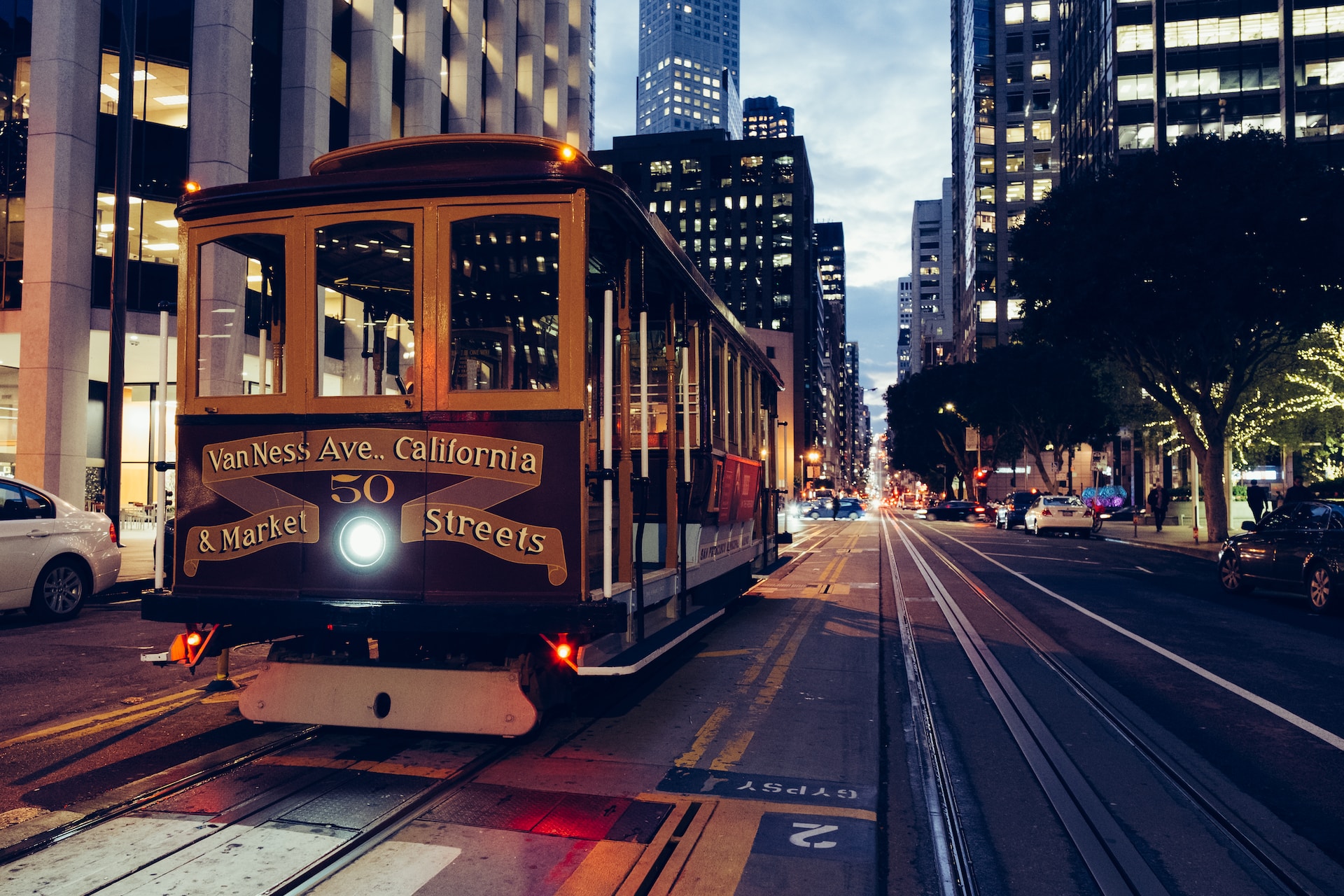Transportation in San Jose is a crucial aspect of life for locals and visitors alike, as it enables easy access to all parts of the city and its surrounding areas. San Jose, the largest city in the Silicon Valley region of California, is known for its technology industry, diverse cultural offerings, and scenic natural beauty. As such, it is a popular destination for both business and leisure travelers. In this article, we will explore the various transportation options available for getting to and around San Jose, including their ease, cost, and safety.
Getting to San Jose from other major cities in the country is relatively easy, thanks to the city’s convenient location and well-connected transportation infrastructure. San Francisco International Airport (SFO) is the closest major airport to San Jose, located just 30 miles to the north. SFO offers non-stop flights to destinations all over the world, making it a convenient option for travelers arriving from far-off locations. Alternatively, Mineta San Jose International Airport (SJC) is located just 2 miles northwest of downtown San Jose and offers non-stop flights to a variety of domestic and international destinations.
For travelers arriving by train, the Caltrain commuter rail system offers service between San Francisco and San Jose, with several stops along the way. The Amtrak Capitol Corridor service also provides service between San Jose and other cities in California, including Sacramento, Oakland, and Berkeley.
If you’re driving to San Jose, the city is easily accessible via major highways such as I-280, I-680, and I-880. Drivers coming from the north can take US-101, while those coming from the south can take SR-85.
Once you’ve arrived in San Jose, there are a variety of options for getting around the city. The Santa Clara Valley Transportation Authority (VTA) operates a comprehensive bus and light rail system that serves the entire Silicon Valley region, including San Jose. The VTA system is a cost-effective and convenient way to get around the city, with frequent service and multiple routes to choose from. The VTA also offers a bike-sharing program, which allows users to rent a bike for a low hourly rate.
For those who prefer to drive, San Jose is well served by a network of major roads and highways, making it easy to navigate by car. However, traffic can be heavy during peak hours, and parking in the city can be expensive and difficult to find.
Ride-sharing services such as Uber and Lyft are also popular in San Jose, providing a convenient and affordable option for getting around the city.
In conclusion, transportation in San Jose is well developed and provides a variety of options for getting to and around the city. Whether you prefer to drive, take public transit, bike or use ride-sharing services, San Jose offers something for everyone. The Santa Clara Valley Transportation Authority (VTA) and the Mineta San Jose International Airport are the most convenient and affordable options for visitors. However, it is important to plan ahead and consider traffic, parking and the cost of transportation when planning your trip to San Jose.



